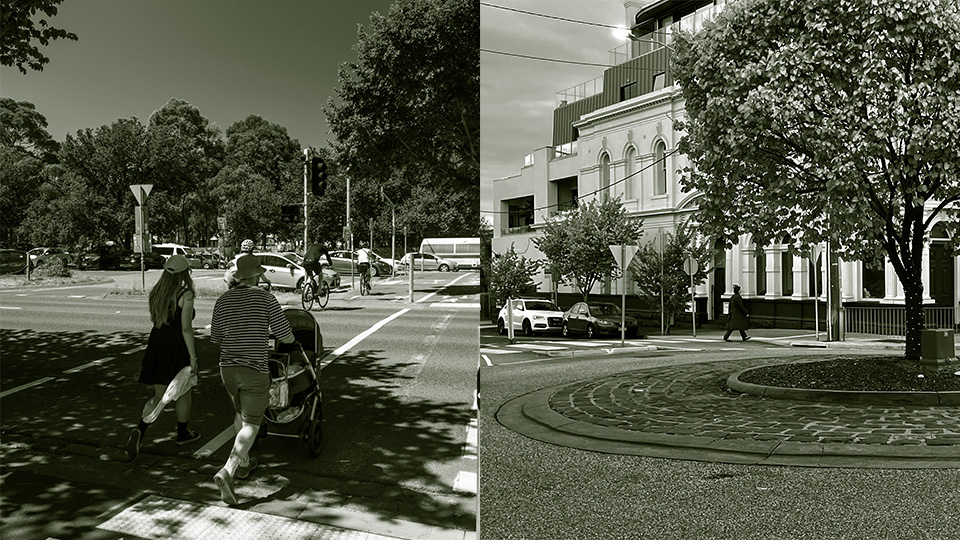Tuesday, 2 July 2024

Austroads has published two major and three minor updates to the Guide to Road Safety (AGRS).
Major revisions have been published of Guide to Road Safety Part 2: Safe Roads and Part 7: Road Safety Strategy and Management. Minor updates have been made to Parts 3, 4 and 5.
“The Austroads Guide to Road Safety is an important resource for road safety practitioners across Australia and New Zealand,” said Michael Nieuwesteeg Austroads Road Safety & Design Program Manager. “The Road Safety Task Force identifies projects each year to help ensure the content of the Guide is up-to-date and incorporates the latest findings and knowledge."
“The Guide provides road safety practitioners with the knowledge and techniques to enable the application of Safe System principles.”
The updates to Part 2 have expanded the contemporary infrastructure treatments in the Guide including intersection treatments, treatments in urban environments and solutions to enhance the safety of people walking and cycling.
The new Part 2 is designed to promote a systemic approach to treating road safety risk and advocates the use of a hierarchical Safe System treatment approach. This new approach prioritises treatments that are most effective at reducing risk and identifies secondary treatments that could be considered if physical or financial barriers prevent the implementation of primary solutions.
The new Part 2 also highlights infrastructure solutions suited to local roads. This is crucial given the scale of road trauma on local roads and the need of local government practitioners for solutions tailored to their local road environments.
The changes to Part 7 of the Guide have also broadened its scope. Part 7 now encompasses broader network-wide concepts and procedures. It includes network safety planning, future state modelling and movement and place frameworks.
Michael noted that these new changes make the guide more accessible and relevant to a broader audience.
"It's not only road safety practitioners," he said. "Decision-makers, planners, elected officials and other stakeholders will find benefit in the updated Guides."
A short report accompanies these two major updates. The report offers succinct and in-depth details about the changes to the guide. It also details where the changes have been made and how they differ from the previous edition.
Download the major updates
Guide to Road Safety Part 2: Safe Roads
Guide to Road Safety Part 7: Road Safety Strategy and Management
Research report Guide to Road Safety: Overview of Changes to Part 2 and Part 7
Download the minor updates
Guide to Road Safety Part 3: Safe Speed
Guide to Road Safety Part 4: Safe People
Guide to Road Safety Part 5: Safe Vehicles
About the Safe System
The Safe System was endorsed in Australia in 2003 by the Australian Transport Council and adopted by Austroads in 2006. The approach is now integral to road safety strategies in jurisdictions in Australia and New Zealand
Four key principles form the basis of the Safe System philosophy:
- People make mistakes that can lead to road crashes.
- The human body has a limited physical ability to tolerate crash forces before harm occurs.
- A shared responsibility exists amongst those who plan, design, build, manage and use roads and vehicles and those who provide post-crash care to prevent crashes resulting in serious injury or death.
- All parts of the system must be strengthened to multiply their effects; so that if one part fails, road users are still protected.
The Safe System is usually considered in terms of key interacting “pillars”:
- Safe roads
- Safe speed
- Safe vehicles
- Safe people.
Webinar
Join us for a webinar on Wednesday 3 July at 1 pm with Hafez Alavi, Paul Durdin and Marc Desmond. The presenters will discuss the changes made to the Guide and there will be an opportunity for attendees to ask the presenters questions during a live Q+A.
No Charge, but registration is essential. Can’t make the live session? Register and we’ll send you a link to the recording.
